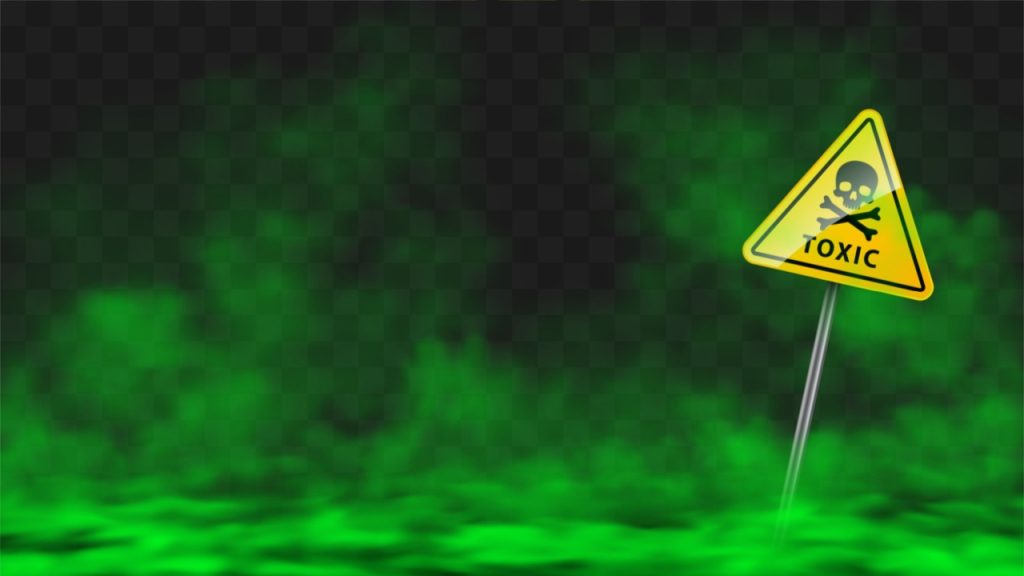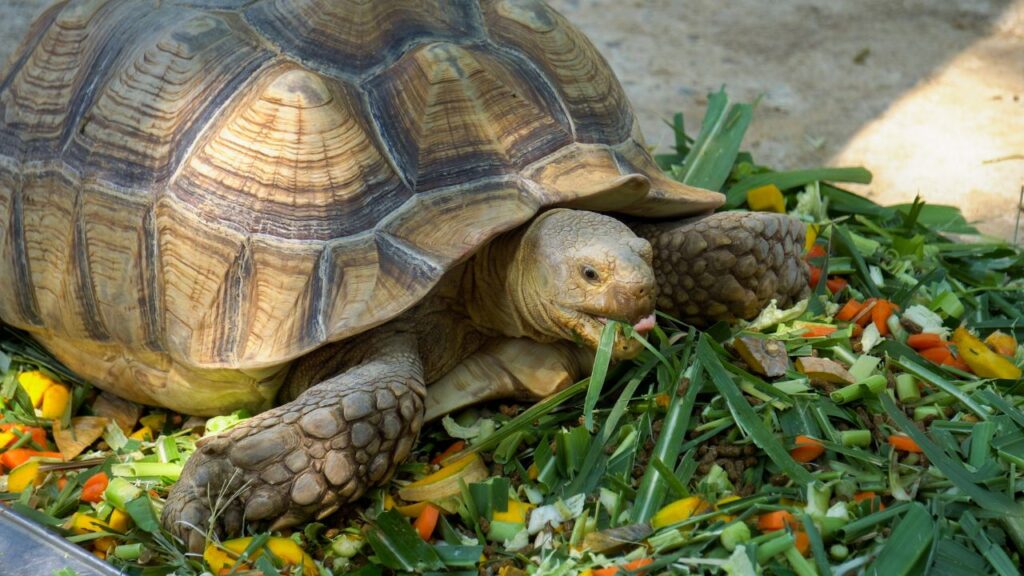I’m always amazed by the clever ways plants protect themselves. While we often think of thorns or spines when it comes to plant defenses, some species have developed much more sinister methods. These plants use complex chemical compounds to ward off predators, and in some cases, these chemicals can be deadly to humans and animals, but others cause pain and irritation without the lethality. From common garden plants to exotic species, here are 15 plants that have mastered the art of chemical warfare.
Deadly Nightshade
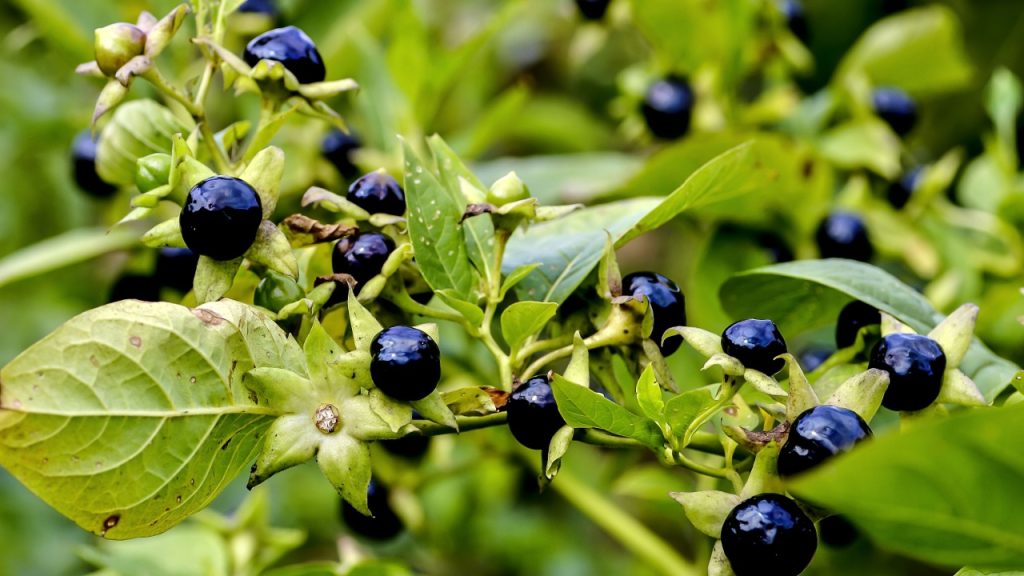
Deadly nightshade, or Atropa belladonna, is one of the most poisonous plants in the Western hemisphere. Its berries look temptingly sweet, but eating just a few can be fatal. The plant contains tropane alkaloids that cause hallucinations, delirium, and even death. Despite its dangers, it’s been used medicinally for centuries – though I wouldn’t recommend trying it at home!
Poison Ivy
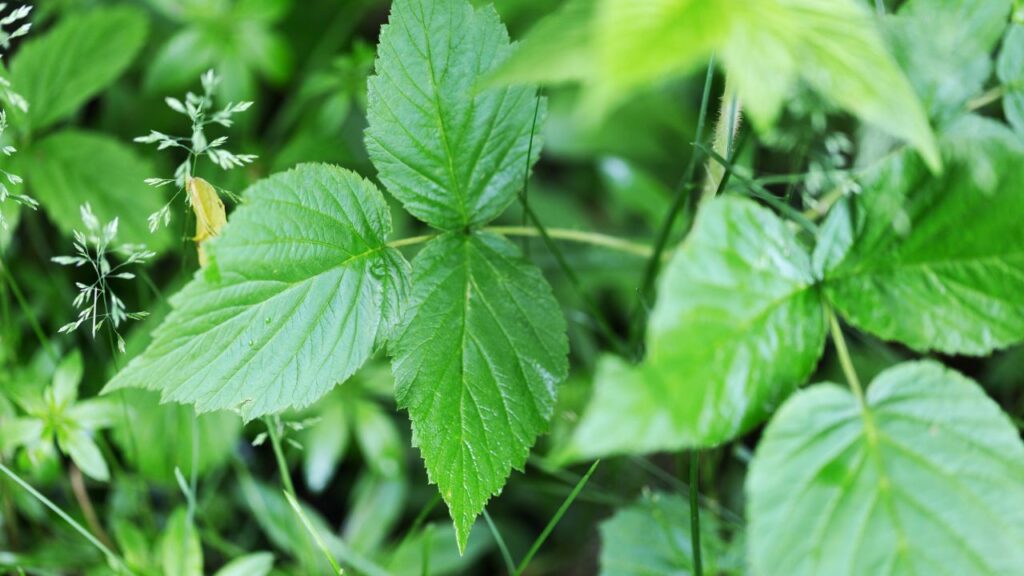
I’ve had my fair share of run-ins with poison ivy, when across the pond, and it’s not an experience I’d wish on anyone. This common plant produces an oil called urushiol that causes an itchy, blistering rash in most people. What’s fascinating is that this isn’t just a random irritant – it’s a carefully evolved defense mechanism to discourage animals from eating the leaves.
Stinging Nettle
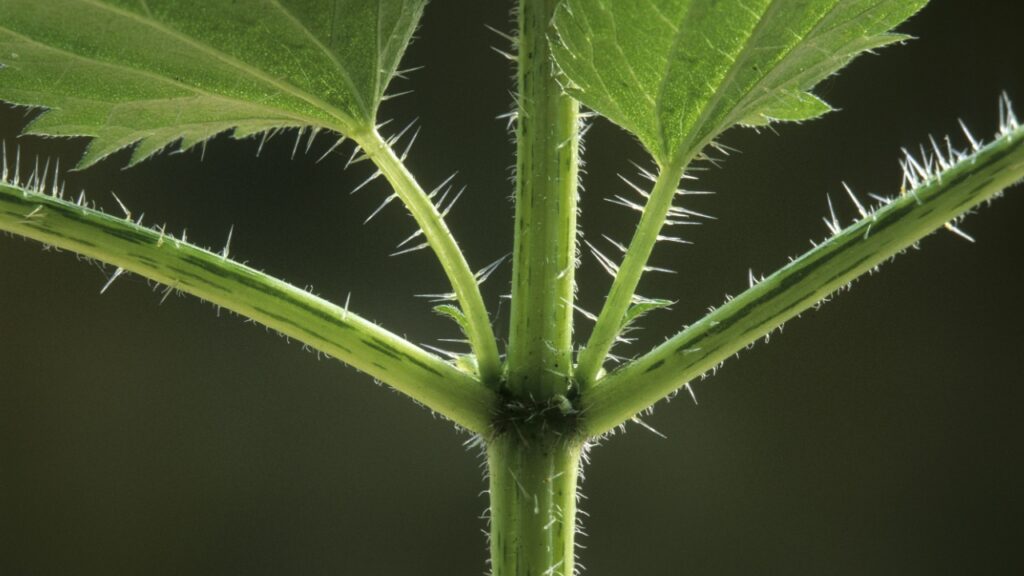
Stinging nettle might seem like a simple nuisance, but its defense system is actually quite sophisticated. The plant is covered in tiny, hollow hairs that act like hypodermic needles. When touched, they inject a cocktail of chemicals that cause a painful stinging sensation. It’s an effective deterrent against herbivores, but interestingly, some butterfly species have evolved to use nettles as food plants for their caterpillars.
Manchineel Tree
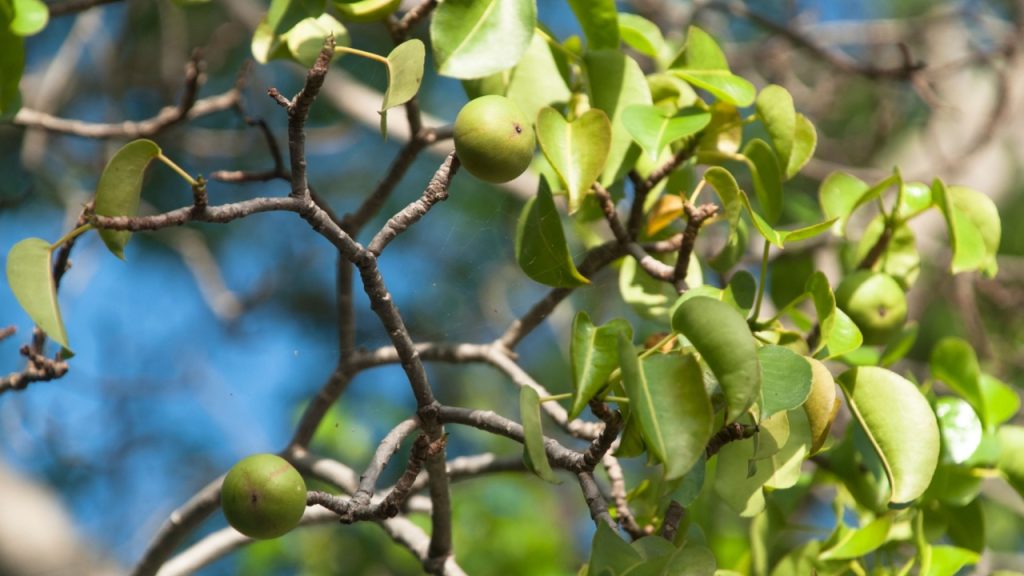
The manchineel tree, found in tropical areas of North and South America, is often called the most dangerous tree in the world. Every part of this tree is toxic, from its bark to its fruits. Standing under it during rain can cause blistering of the skin, and eating its fruit can be fatal. There are even warning signs posted near these trees in the Caribbean – it’s definitely one to admire from a distance!
Giant Hogweed
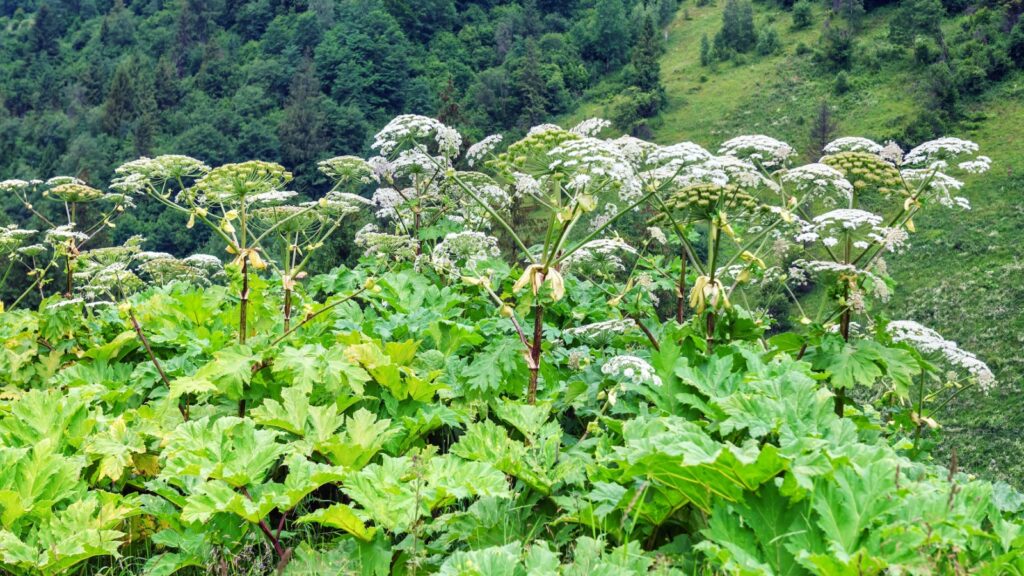
Giant hogweed is an impressive plant, growing up to 14 feet tall, but it’s also incredibly dangerous. Its sap contains chemicals called furanocoumarins that make skin extremely sensitive to sunlight. Contact with the sap followed by sun exposure can cause severe burns and blistering. I’ve seen the aftermath of giant hogweed exposure, and it’s not pretty – this is one plant you definitely want to avoid.
Oleander
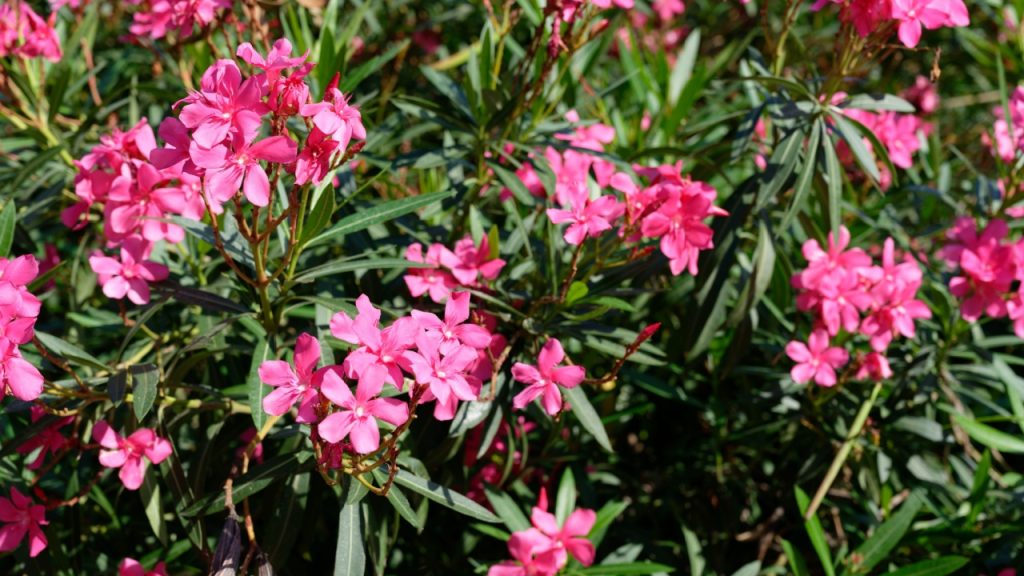
Oleander is a popular ornamental plant, but it’s also highly toxic. All parts of the plant contain cardiac glycosides, which can cause irregular heartbeat, digestive upset, and even death if ingested. What’s particularly alarming is how common this plant is in landscaping, despite its dangers. I always advise gardeners to think twice before planting oleander, especially if they have children or pets.
White Snakeroot
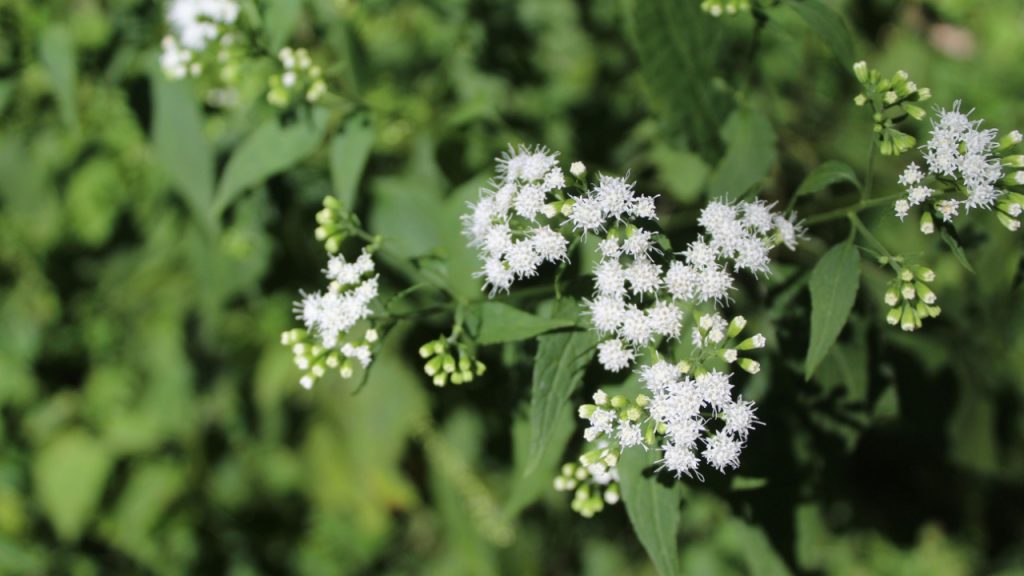
White snakeroot gained notoriety in the 19th century as the cause of “milk sickness,” which killed thousands of settlers in the American Midwest, including Abraham Lincoln’s mother. The plant contains tremetol, a toxic alcohol that can be passed through milk when cows graze on it. It’s a stark reminder of how plant toxins can indirectly affect humans through the food chain.
Castor Bean Plant
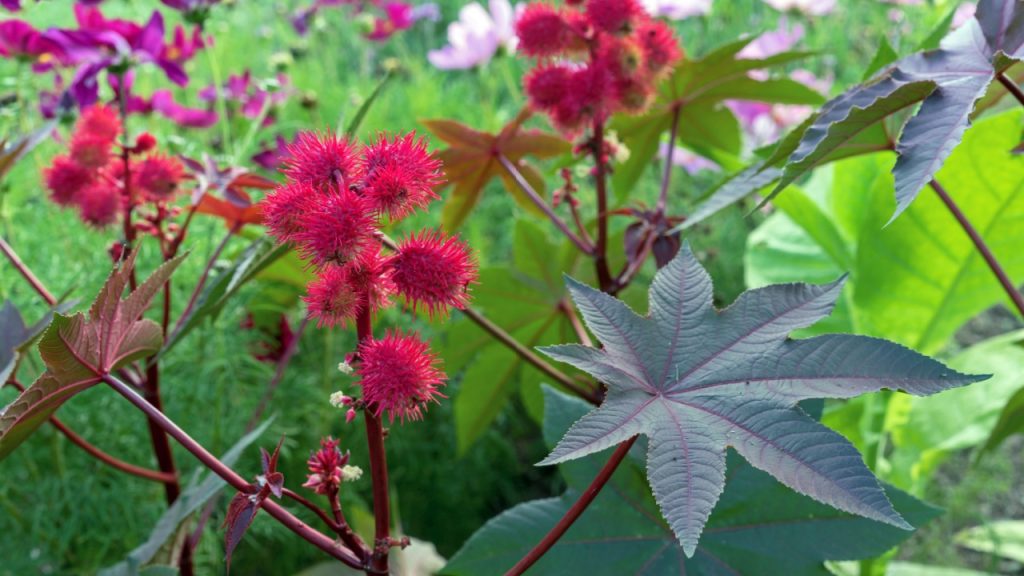
The castor bean plant produces some of the most poisonous naturally occurring substances known to science. Its seeds contain ricin, a toxin so potent that a single milligram can kill an adult human. Despite this, the plant is widely cultivated for castor oil production. It’s a prime example of how humans have learned to safely harness the power of toxic plants.
Gympie Gympie Tree
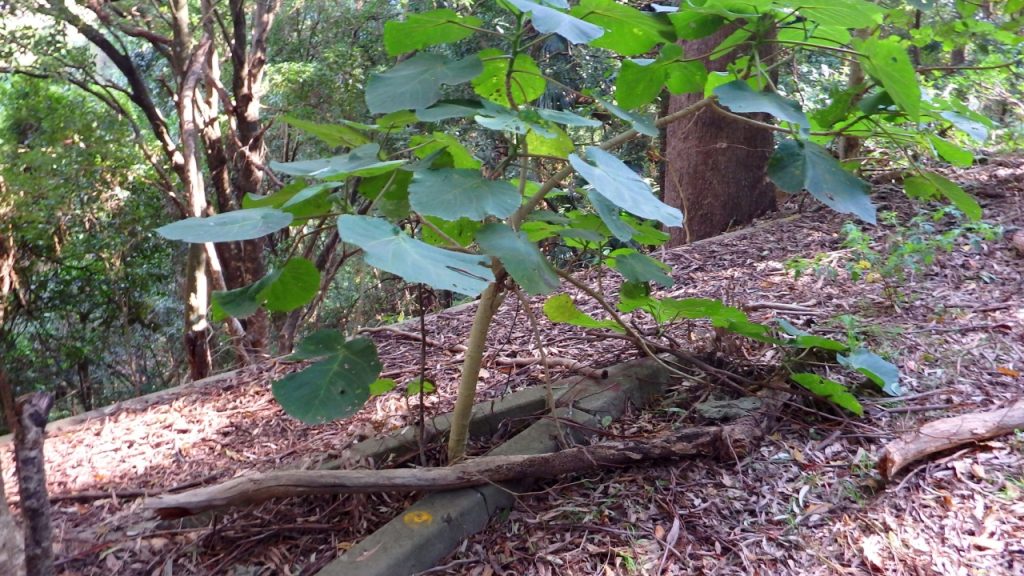
The gympie gympie tree, found in the rainforests of northeast Australia, is notorious for its extremely painful sting. Its leaves are covered in silica-tipped hairs that inject a potent neurotoxin. The pain from a sting can last for months and is said to be so excruciating that horses have been known to throw themselves off cliffs after brushing against the plant. It’s one of the most extreme examples of chemical plant defense I’ve ever encountered.
Monkshood
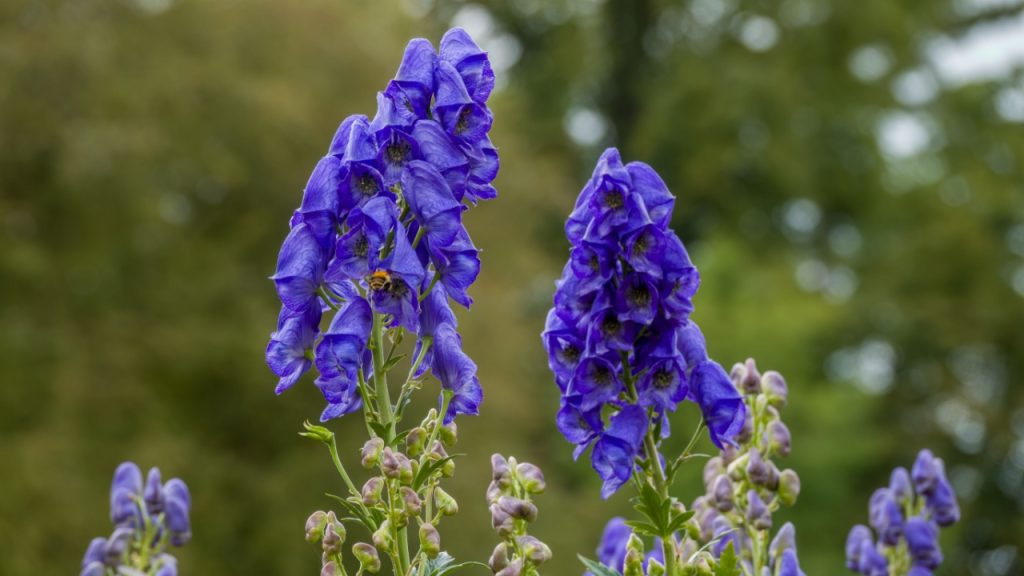
Monkshood, also known as wolfsbane, is one of the most toxic plants in the UK. All parts of the plant contain aconitine, a powerful nerve poison. Historically, it was used to poison wolf bait, hence its common name. What’s fascinating is that despite its toxicity, it’s still grown in many gardens for its beautiful blue flowers. It’s a prime example of how we often underestimate the potential dangers of ornamental plants.
Water Hemlock
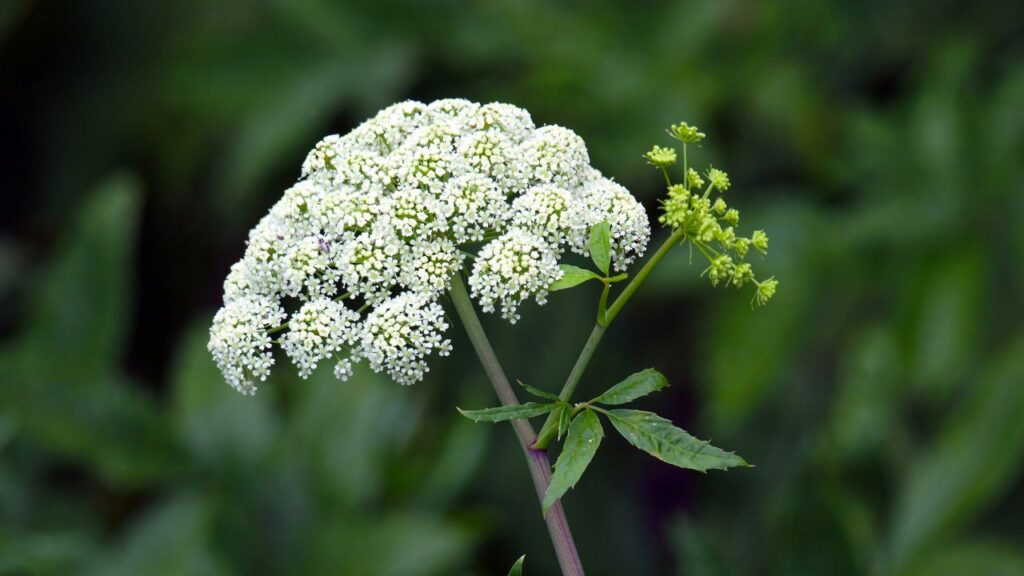
Water hemlock is often considered North America’s most toxic plant. It contains cicutoxin, a powerful neurotoxin that can cause seizures and death within hours of ingestion. What makes it particularly dangerous is its resemblance to edible plants like wild carrots or parsnips. In my field work, I always warn foragers to be absolutely certain of their plant identification to avoid potentially fatal mistakes.
Jimsonweed
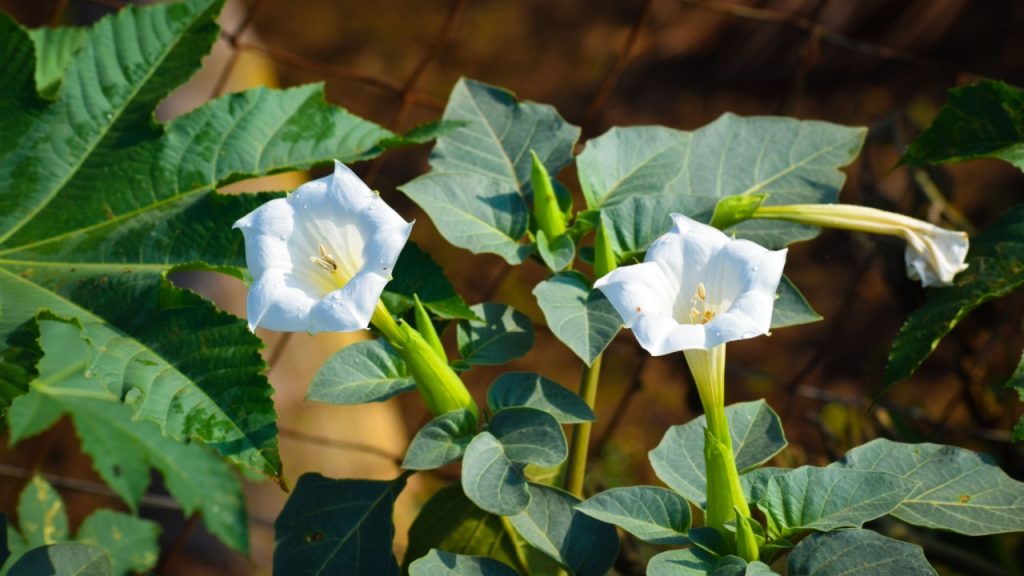
Jimsonweed, or Datura stramonium, is a powerful hallucinogenic plant that’s been used in traditional medicine and religious rituals for centuries. However, its potency makes it extremely dangerous. The line between a medicinal dose and a lethal one is very thin. Its seeds and leaves contain tropane alkaloids that can cause delirium, hallucinations, and death. It’s a stark reminder of the double-edged nature of many medicinal plants.
Rosary Pea
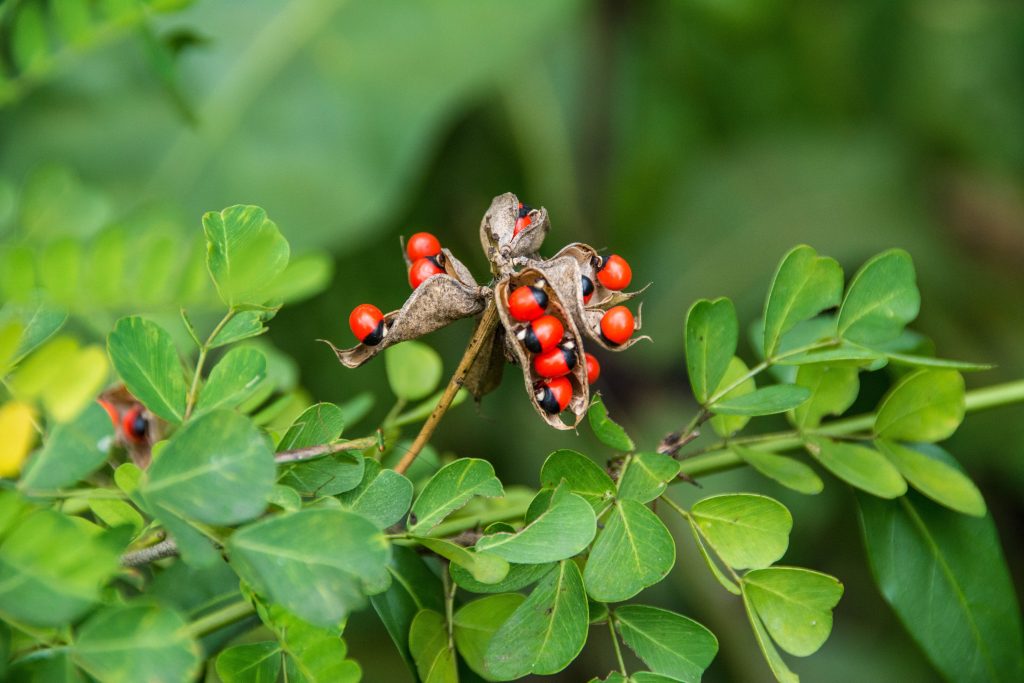
The rosary pea is a beautiful plant with bright red seeds often used in jewelry making. However, these seeds contain abrin, a toxin even more potent than ricin. Ingesting just one seed can be fatal. What’s particularly insidious about this plant is how innocuous it looks – its bright, attractive seeds belie their deadly nature. It’s a perfect example of why we should never assume a plant is safe based on appearances alone.
Angel’s Trumpet
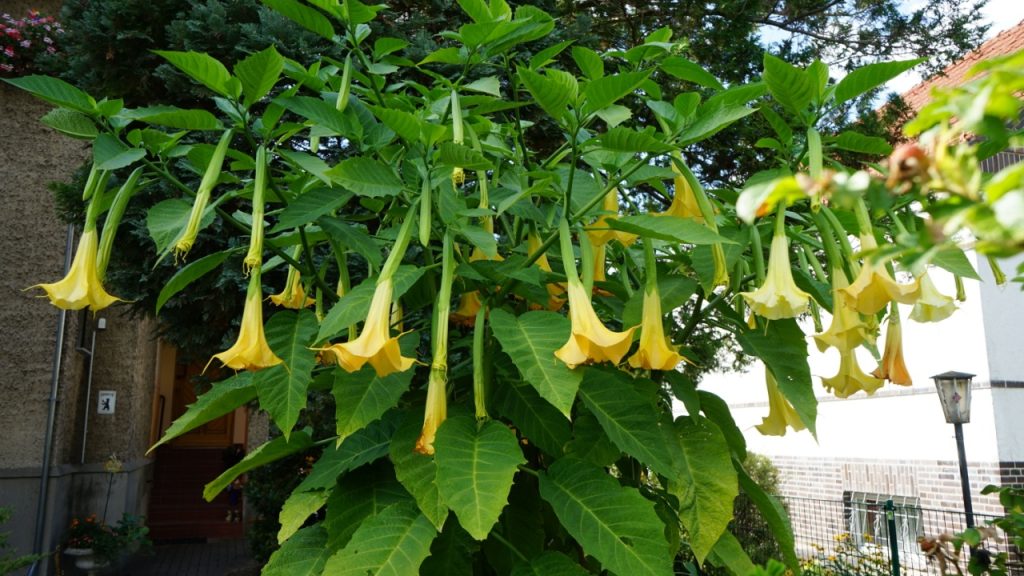
Angel’s trumpet, or Brugmansia, is a stunning flowering plant that produces large, fragrant, trumpet-shaped blooms. However, all parts of this plant contain tropane alkaloids that can cause hallucinations, paralysis, and death. Despite its toxicity, it’s still commonly grown as an ornamental plant. I would always advise clients with children or pets to avoid this beautiful but dangerous species.
Tobacco Plant
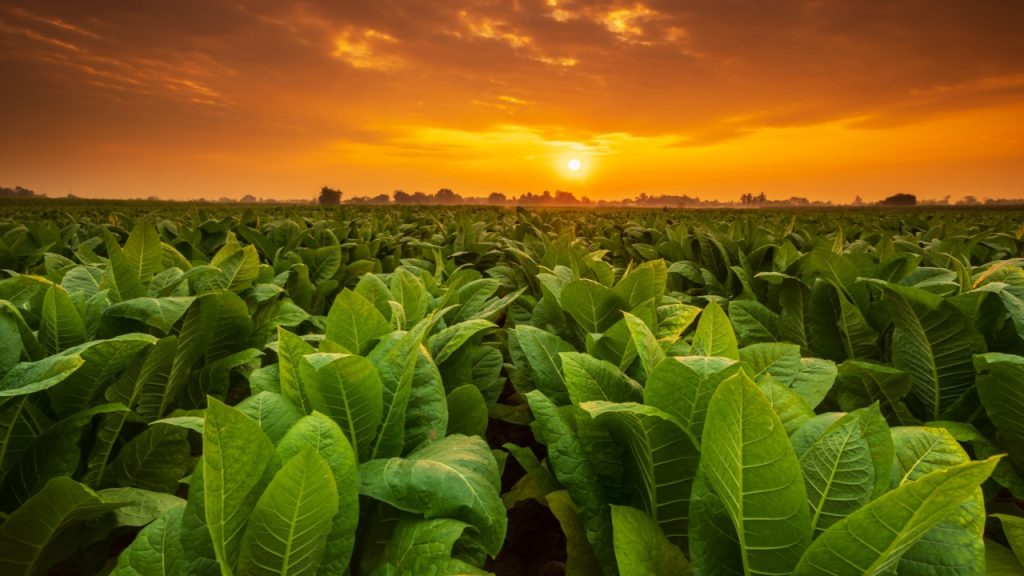
While not typically thought of as a poisonous plant, tobacco contains nicotine, which is actually a powerful natural insecticide. In high doses, it can be lethal to humans as well. What’s fascinating is how humans have developed a tolerance to this toxin, allowing for recreational use. It’s a unique example of how we’ve adapted to coexist with a plant’s chemical defenses, for better or worse.

